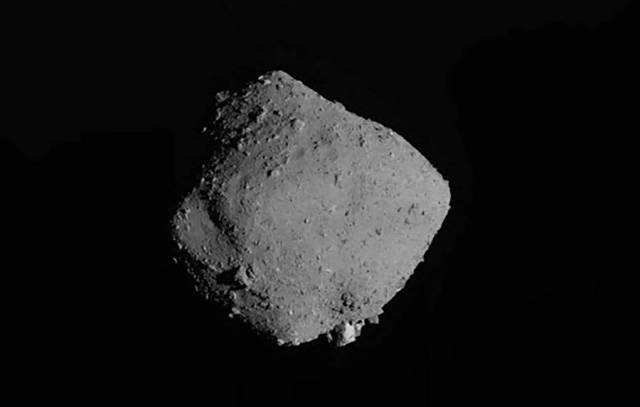The instruments are intended for the Chinese mission to study the asteroid Kamoaleva
TASS, June 23. Specialists of the Institute of Space Research (IKI RAS) plan to develop three instruments for studying the plasma shells of asteroids and comets. They can be used in the Chinese space mission starting in 2024 to study the asteroid Kamoalev and comet 133P/Elst-Pizarro. This was told by the director of the ICI RAS Anatoly Petrukovich at an online meeting of the Council of the Russian Academy of Sciences (RAS) on space.
Russian researchers have become the winners of the international selection of instruments for the Chinese Zheng He mission. According to the plans of the mission organizers, the interplanetary spacecraft will be launched to the Kamoalev asteroid in 2024, and then will go to comet 133P/Elst - Pizarro. The objectives of the mission, which will last 10 years, will be the study of soil, surface spectrometry and the study of plasma shells of objects, he said.
"We can put some device that can measure the flow of various ions and electrons in the vicinity of a comet or asteroid and determine their composition. Just this plasma complex - one of the main instruments of this mission - was won as part of the team of authors of the ICI RAS, the Chinese [National] Center for Space Sciences with the participation of the NPP "Astron Electronics". We have five devices in this complex, three of which are responsible for the ICI of the Russian Academy of Sciences, the Chinese side is responsible for two," Petrukovich explained.
According to the procedure, the RAS Space Council must approve the project for subsequent support by Roscosmos, the director of the IKI RAS explained. The participation of Russian researchers in the project will allow us to obtain important scientific data and will become a new incentive for the development of cooperation with China in the space sphere, he believes.
"The main interest in it [the asteroid] is that it is actually the so-called quasi-satellite of the Earth. It is now flying in orbit somewhere in the vicinity of the Earth - from 40 to 14 million kilometers. <...> So far, this is a very convenient object for studying, since the flight to it is relatively energy-cheap, unlike other asteroids. <...> Now the Chinese [national] Space Agency is waiting for a response from Roscosmos about participation [in the mission], " he concluded.

